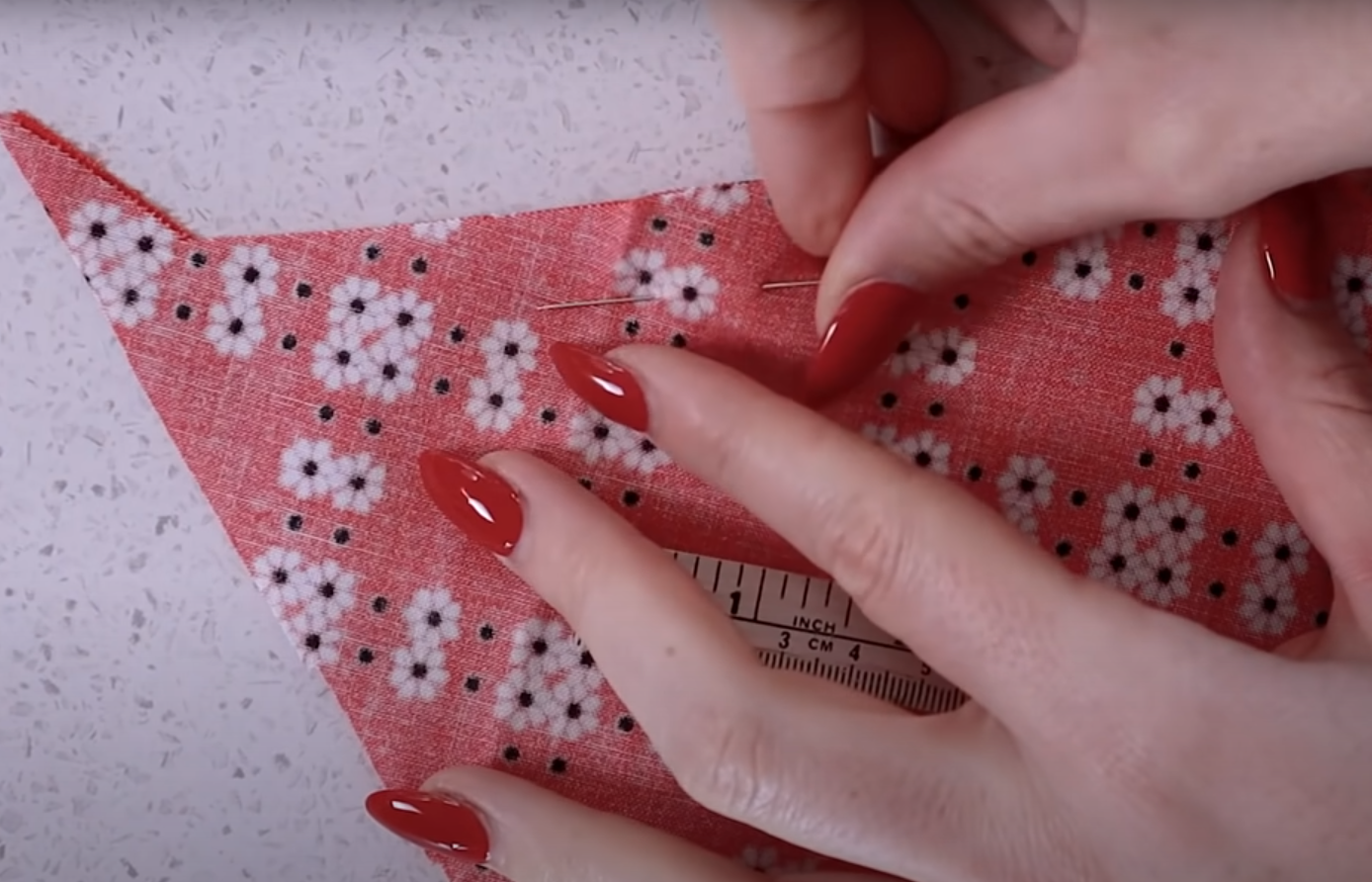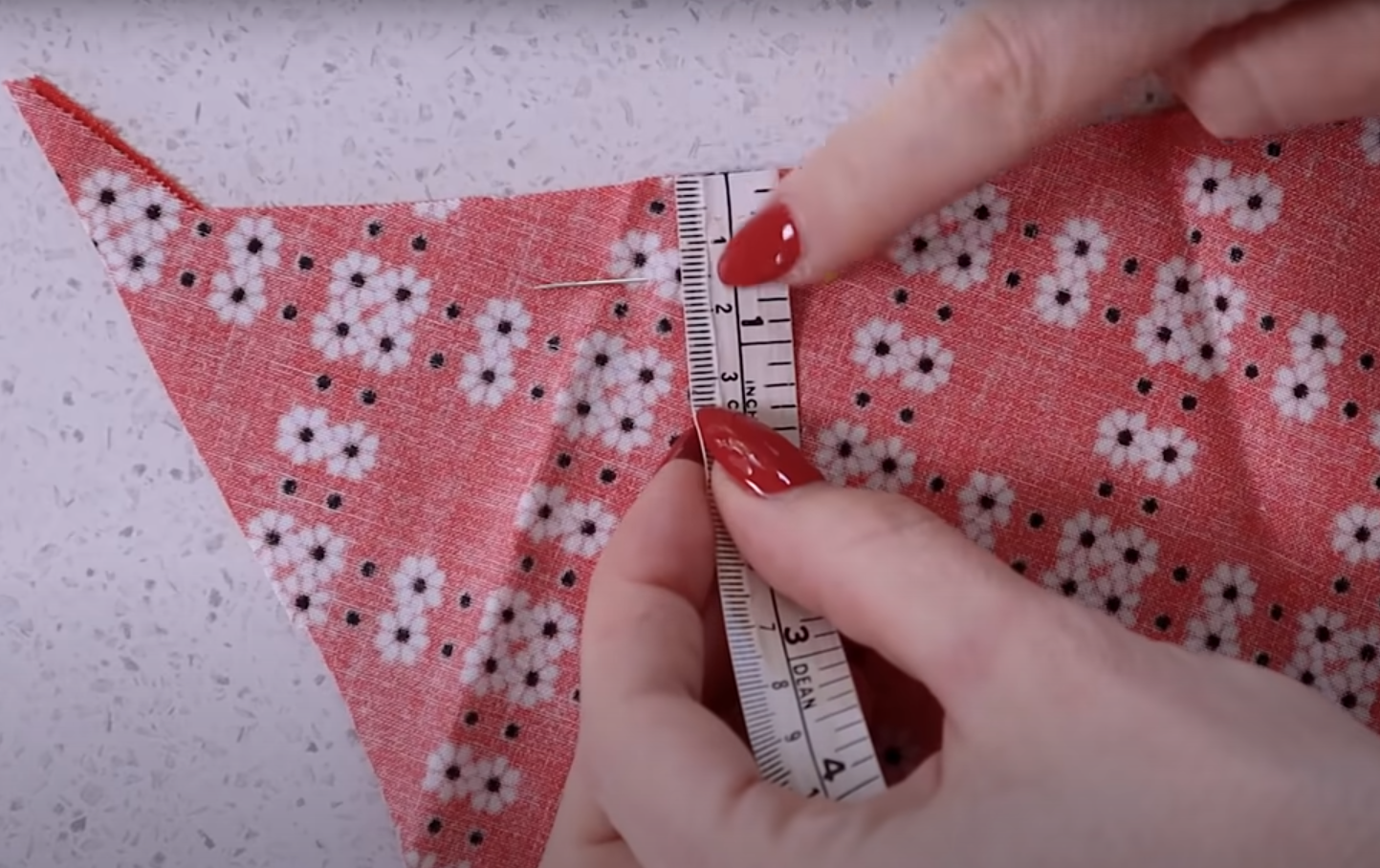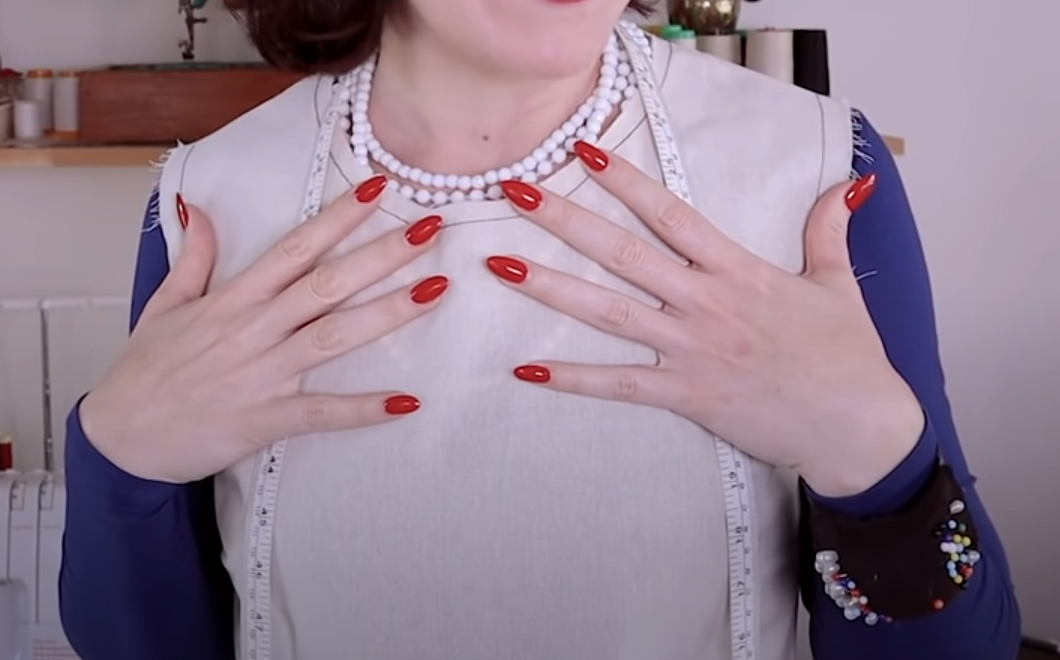- in Sewing by Evelyn Wood
- |
- 1 comments
4 Sewing things NOT to copy from experienced sewist!
Watch the video below
Watching and copying a more experienced sewist is a great way to learn how to sew, but there are some things that you absolutely do not want to copy what experienced sewists do.
When you're learning, you need to know some things before you can do these types of things. I think this will make sense as we go through our list more. So let's start with the first one.

As you're trying to cut out your patterns, you'll move your fabric around. Then, of course, the problem arises when you do that with, say, rayon or silk chiffon, and it is a total nightmare; that is not how you should cut the fabric. So what do we do here?
This is a case of when you're more experienced, you'll know the fabric that you're working with, and you'll see what you can get away with.
There are always exceptions to the rules. The rule is that you put your fabric down, lay it out, and move around to suit where you need to cut. You don't move the fabric.
That is the rule. Of course, then, as you get a bit more experienced, you realize there are some exceptions. If you are using plain cotton, that doesn't move anywhere. It's not very slippery fabric. You can get away with pushing this around because you'll see it.

Now I am absolutely guilty of doing this. I will just sew without pins all the time, which is totally fine. But as a beginner, you look, and you see people just whizzing through no pins, and then you think that's what I should be doing. Isn't it?
I must have used too many pins. No, no, no, no. You want to aim to use no pins as you get more experienced; you'll need fewer pins to keep everything together nicely.
But when you first start, that's what pins are for is to keep everything in place. So you can just focus on sewing, straight or curved, or whatever you're doing and not have to worry about using fewer pins.

People often copy what I do, for example, in Vintage Sewing School, and you think you measure out your pattern and do your seam allowance 1.5cm. I will just get the pattern or the paper and put a pin in there or draw it in without measuring it.
That's definitely a case of "do as I say, not as I do," so you need to measure it. Why? Because for example, after 10,000 times of measuring the same amount, let's say 1.5 cm, you know how much that is without having to measure it. You just you're like your perception just knows where that is.
And as beginners, we see people just sort of marking in seam allowances or pinning in approximately where it is. You need to measure it when you start.

So this is a really, really, really big one. And I think super important because so often we see people fitting over the top of their clothes. And of course, sometimes we do just get lazy, and we put it over the top of our clothes.
It's super important that you don't do this. I used to fall into this trap that you'd just quickly pop it on over the top and think, oh yeah, it's kind of okay. Yeah, it looks good. And then, of course, you try it on the finished garment and realize it fits entirely differently when you don't have anything underneath it.
And as you just get more experienced, you know what to expect, and you know how to sort of make allowances for those differences, differences in fit with having a garment underneath.
Always fit it on yourself with nothing underneath and the undergarments you're going to wear. I share all of these tips and more at VintageSewingSchool.com, where I can really help take your sewing to the next level.
Until next time...
Evelyn xx




I love your channel! I adore how thorough you are and how you describe things! Thank you! Your videos are giving me the confidence I need to pursue this further. Again, thank you for a great channel!